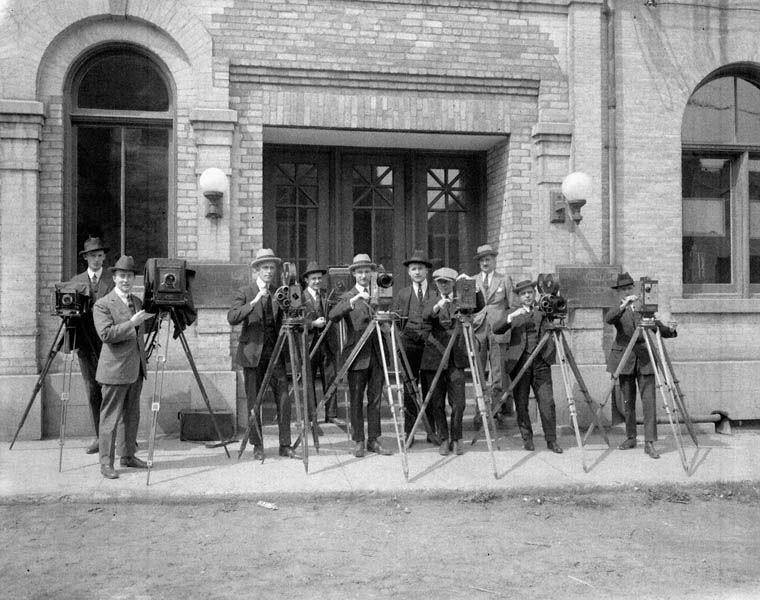Structure and Organization
The regulation of the embryonic film sector in Canada was left largely to the provinces, which set parameters for film content, exhibition and distribution. At the turn of the 20th century, several provinces went beyond this to establish cinema offices, producing films to boost tourism and entice immigrants. The Ontario Motion Picture Bureau (OMPB), created in 1917, was one of the most successful provincial offices.
Under its first director, S.C. Johnson, the OMPB coordinated the content of the films and their distribution, but contracted all production to private companies in Toronto. In 1923, the OMPB purchased the Trenton Studios (the first in Canada, operating in Trenton, Ontario, since 1917) from George Brownridge’s Adanac Films and began making its own films “for the purpose of preserving Canadian traditions.” In an opening speech, the provincial treasurer noted that “Not one per cent of the pictures shown in Canada are made in Great Britain and not one per cent are Canadian made.”
Success and Failure
At its peak in 1925, the OMPB distributed 1,500 reels of film per month, the majority of which were screened in schools, churches and other public institutions. The OMPB released its films on 28mm, non-theatrical safety stock in order to avoid the fire hazard posed by 35mm nitrate stock, but its distribution system became outdated in the late 1920s when 16mm film stock replaced 28mm. The form and content of the films themselves had grown just as anachronistic, and the Bureau itself had become inefficient and largely irrelevant. A newly elected Liberal government came to power on a platform to slash government bureaucracy and officially dissolved the OMPB on 26 October 1934.

 Share on Facebook
Share on Facebook Share on X
Share on X Share by Email
Share by Email Share on Google Classroom
Share on Google Classroom


